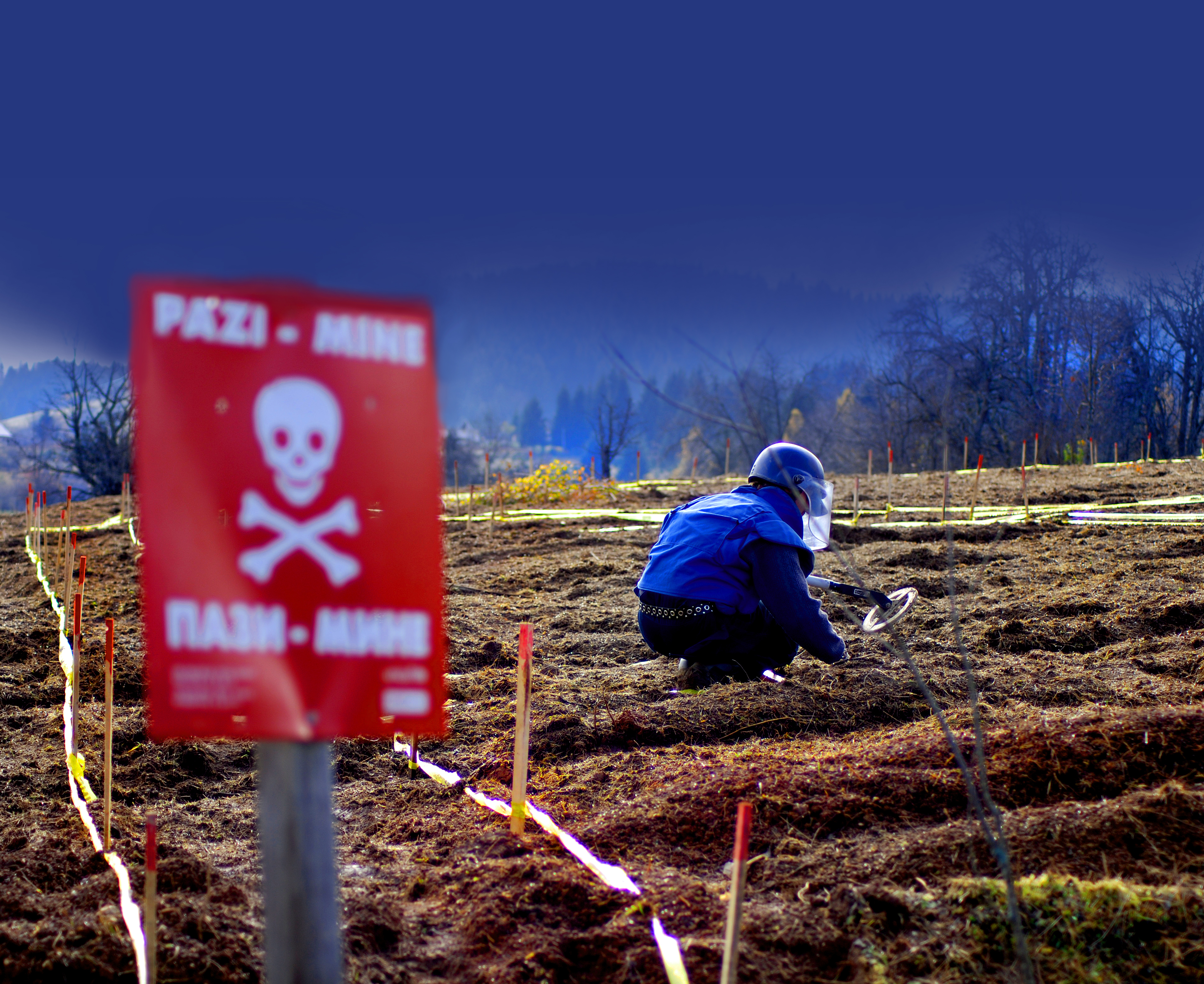|
What the Convention says Each State Party must make “every effort to identify all areas under its jurisdiction or control in which anti-personnel mines are known or suspected to be emplaced.”
Each State Party must “as soon as possible” ensure that these mined areas “are perimeter marked, monitored and protected by fencing or other means, to ensure the effective exclusion of civilians, until all anti-personnel mines contained therein have been destroyed.”
Each State Party must render these mined areas no longer dangerous “as soon as possible but not later than 10 years after the entry into force of this Convention for that State Party.” If a State Party believes that it will be unable to destroy or ensure the destruction of all anti-personnel mines in mined areas within 10 years, "it may submit a request ... for an extension of the deadline for completing the destruction of such anti-personnel mines, for a period of up to ten years".
Challenges that remain- A number of States Parties that are in the process of fulfilling their mine clearance obligation have been granted extended deadlines to address the remaining contamination. Some of these States have been carrying out clearance for decades, and will take them several years more to fulfill their obligation.
- Many States Parties that had declared having completed their mine clearance obligation have discovered previously unknown or newly mined areas.
- Some States are experiencing new contamination by anti-personnel mines of an improvised nature.
- Fulfilling obligations will require effective use of the full range of methods to release suspected mined areas, including non-technical survey, technical survey and manual/mechanical clearance.
- Many States Parties must still undertake or complete the task of making every effort to identify all areas in which anti-personnel mines are known or suspected to be emplaced.
|

The following States Parties; must still fulfill the mine clearance obligation contained in Article 5, paragraph 1 of the Convention: |